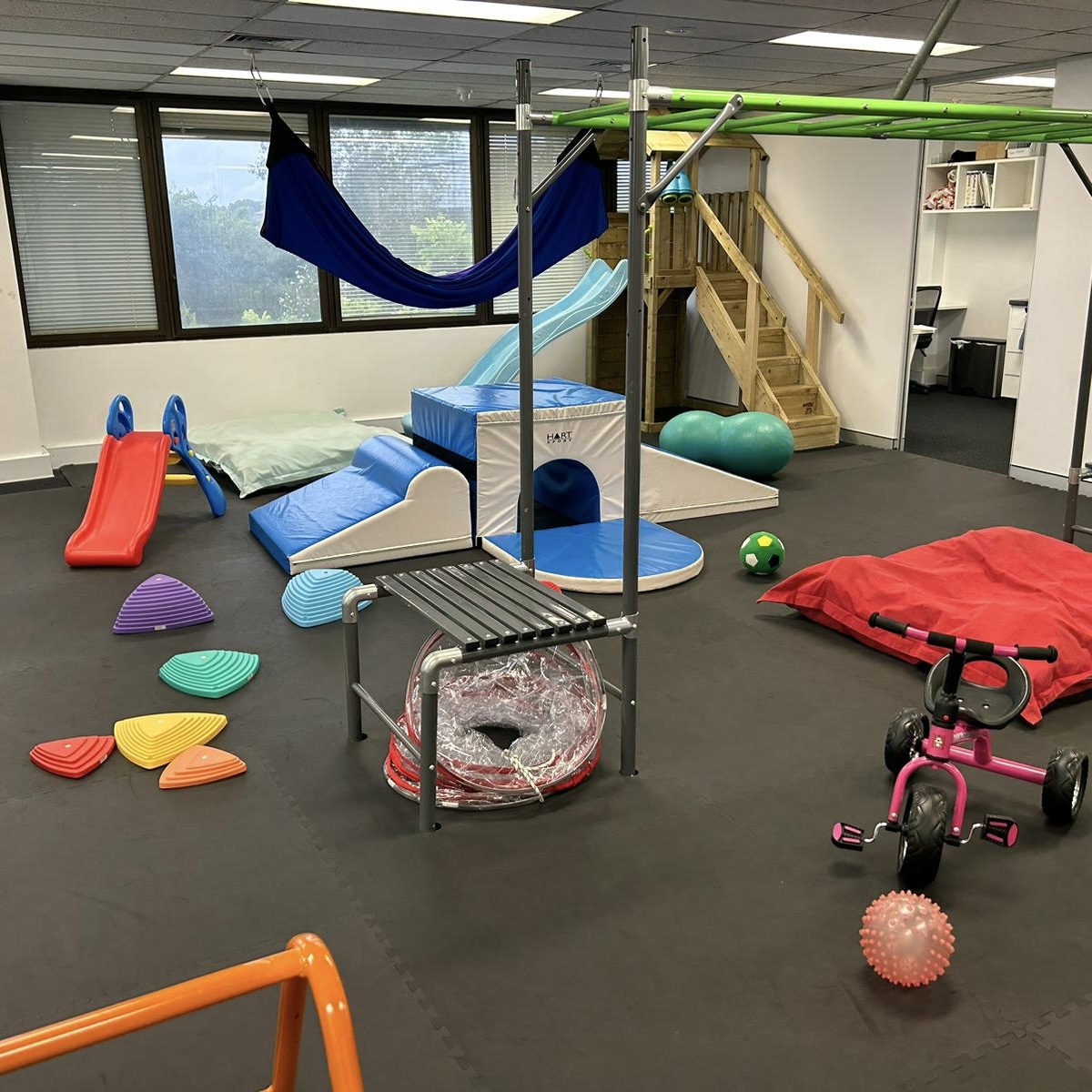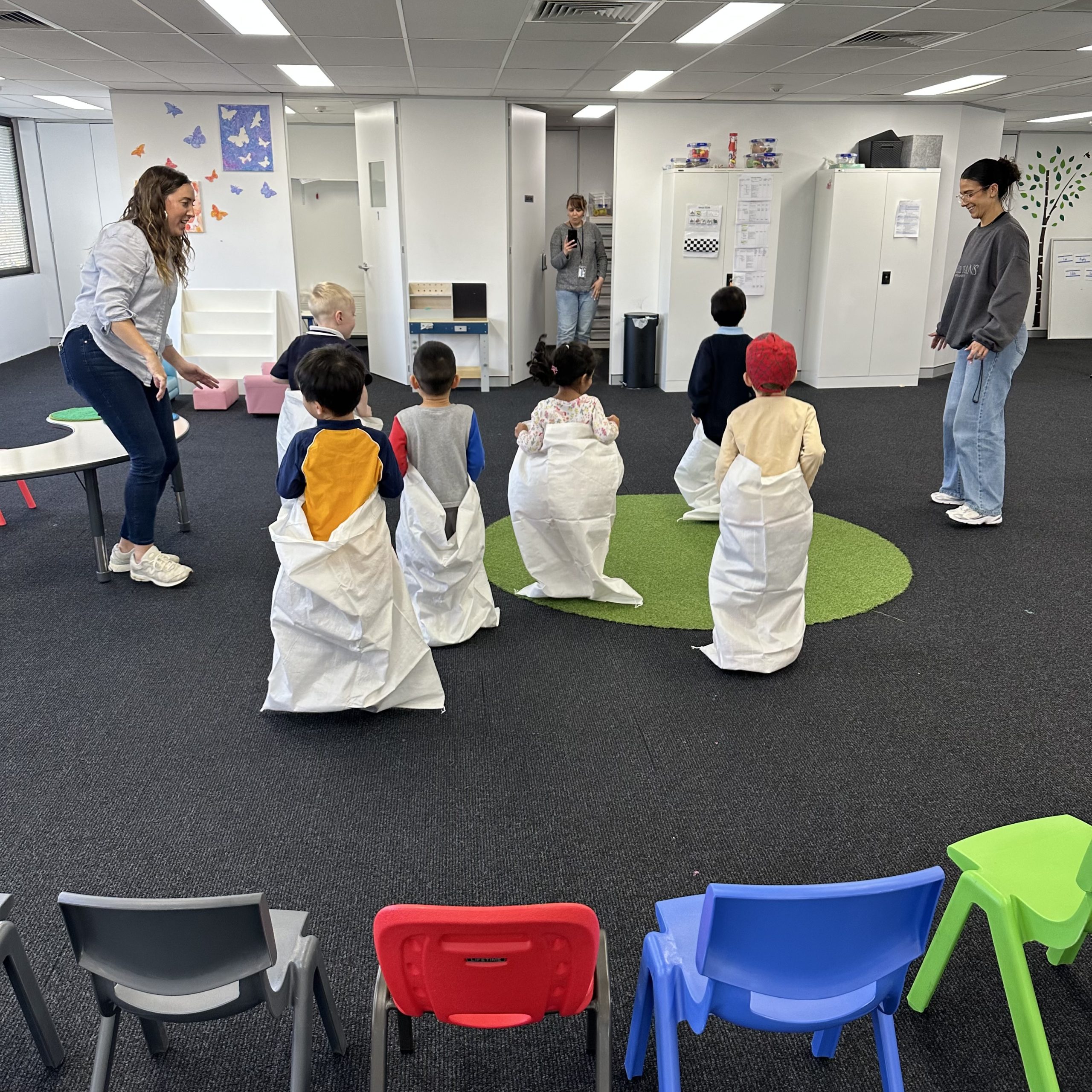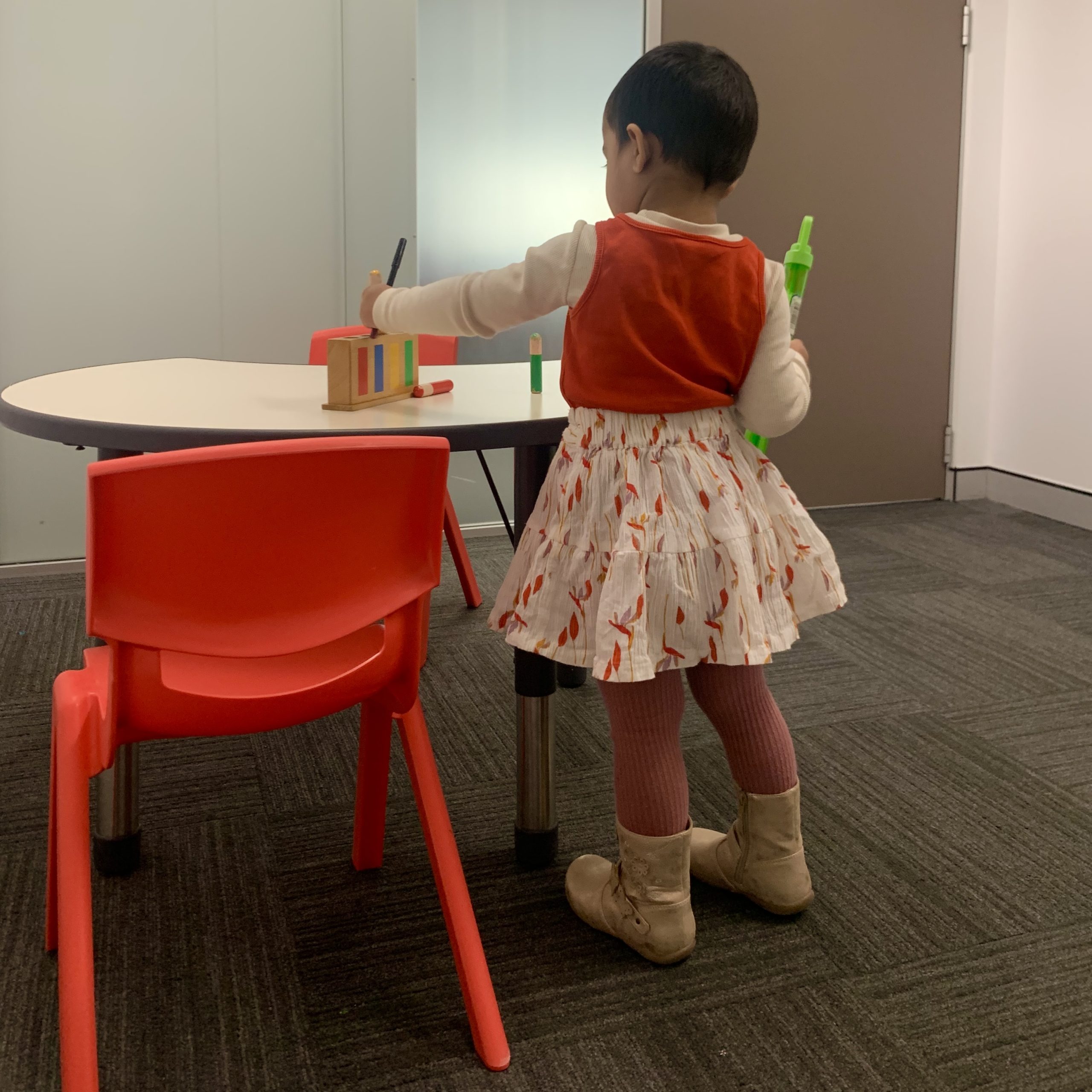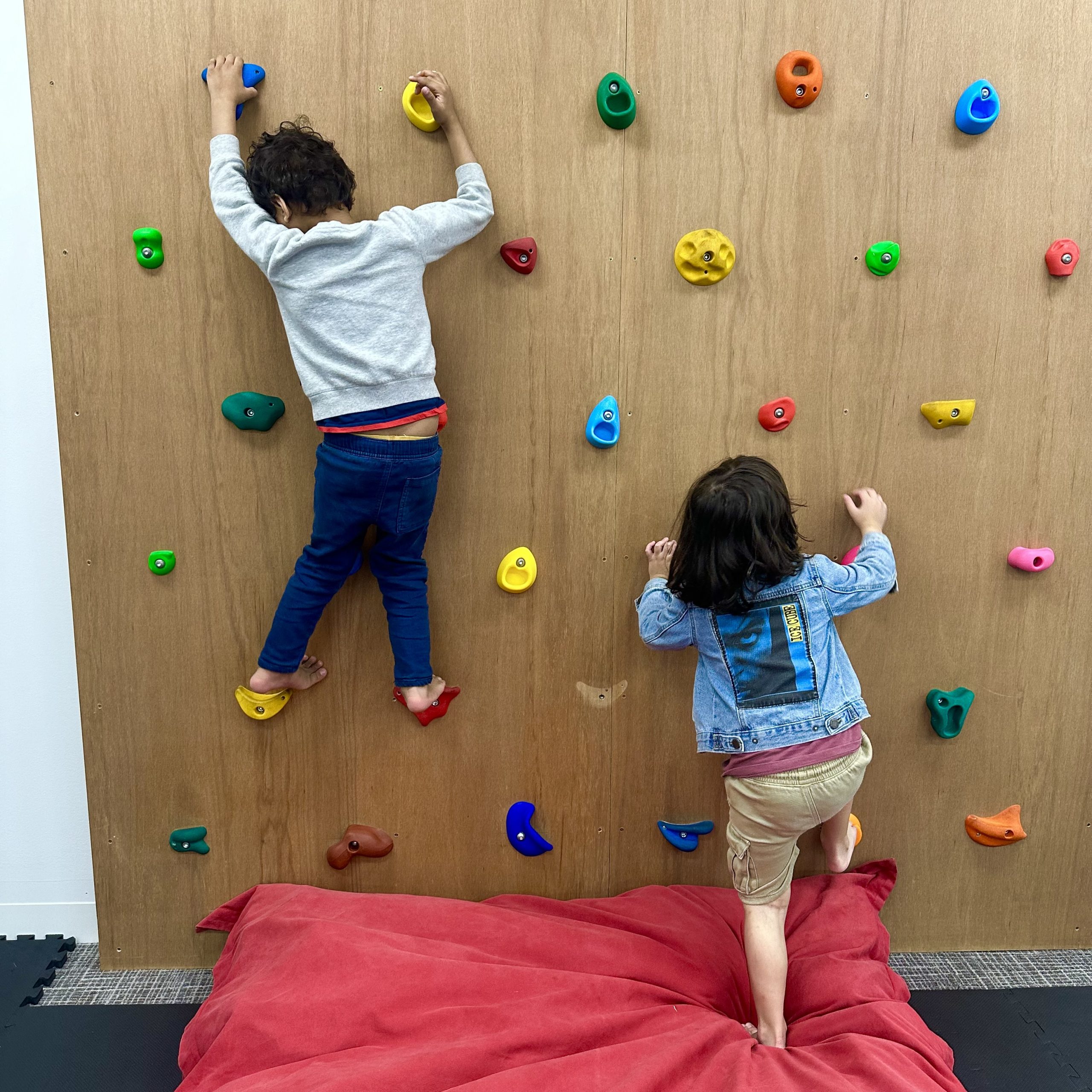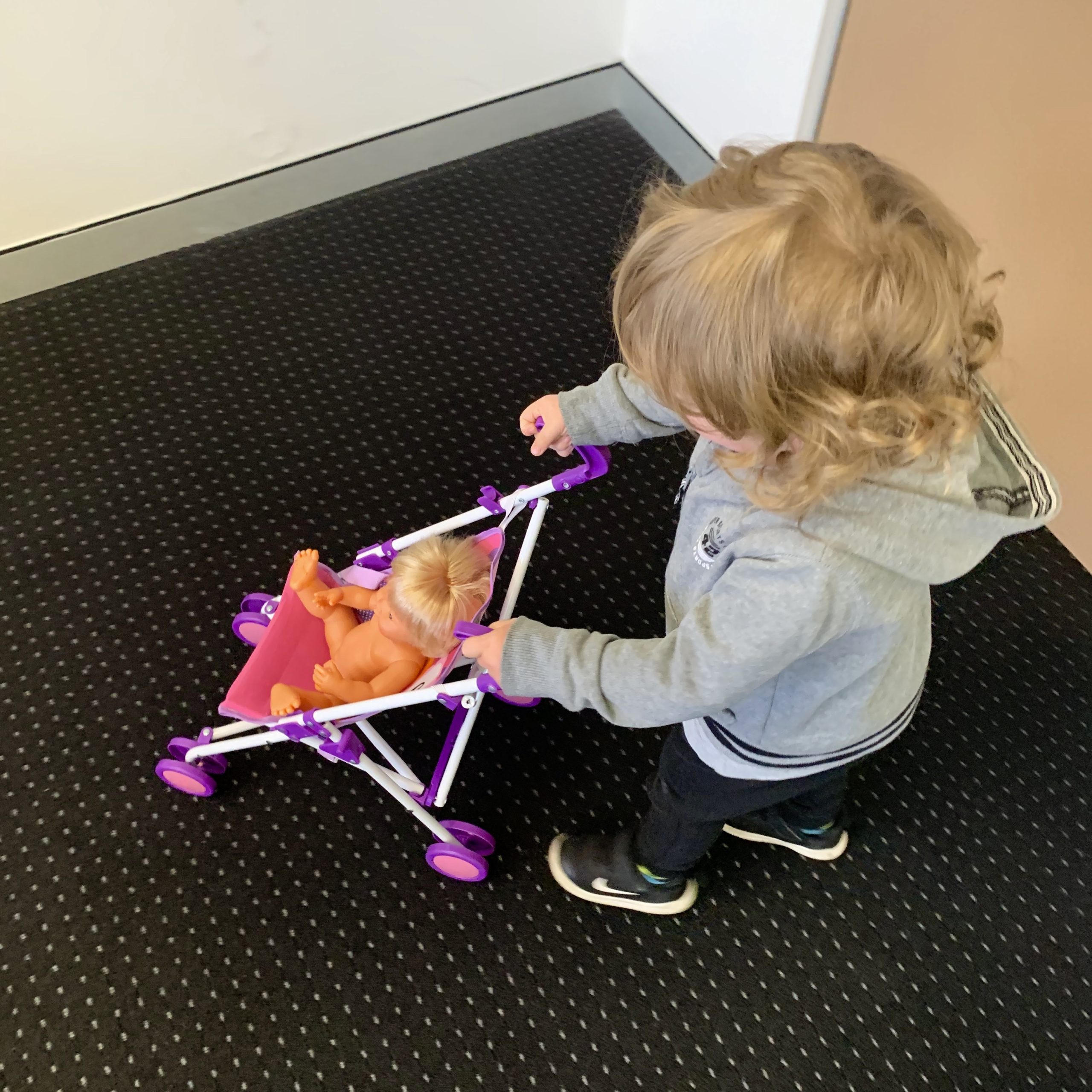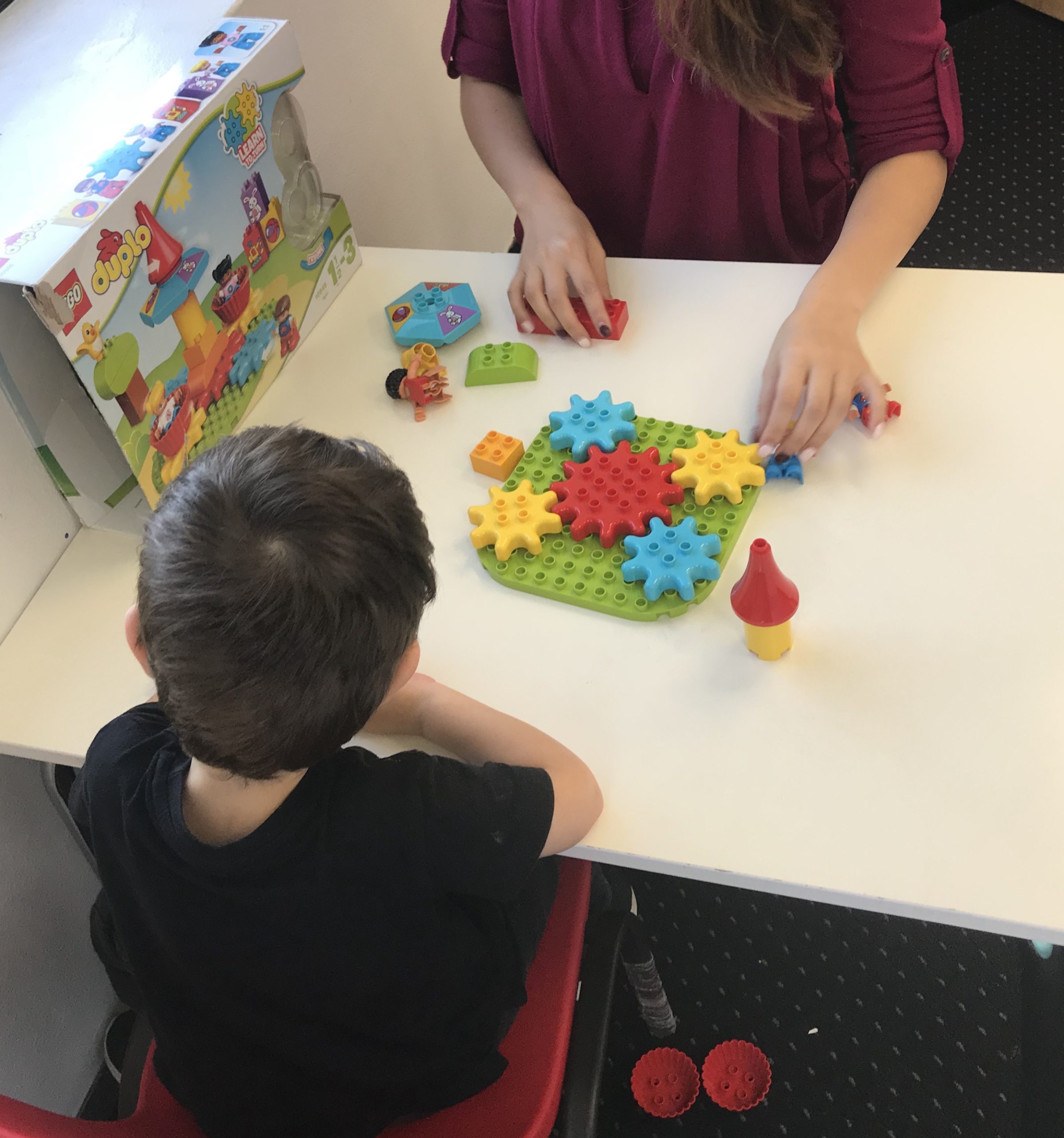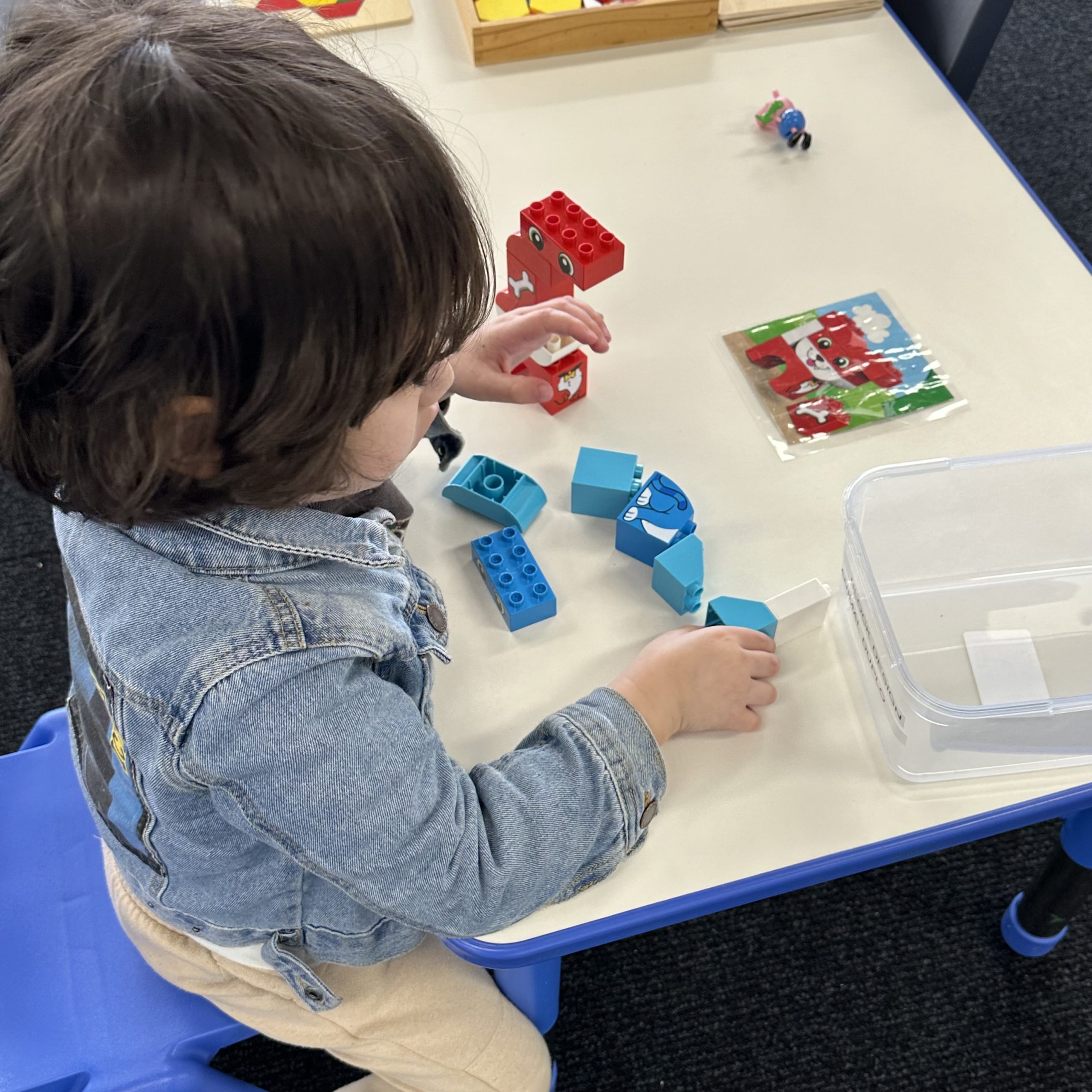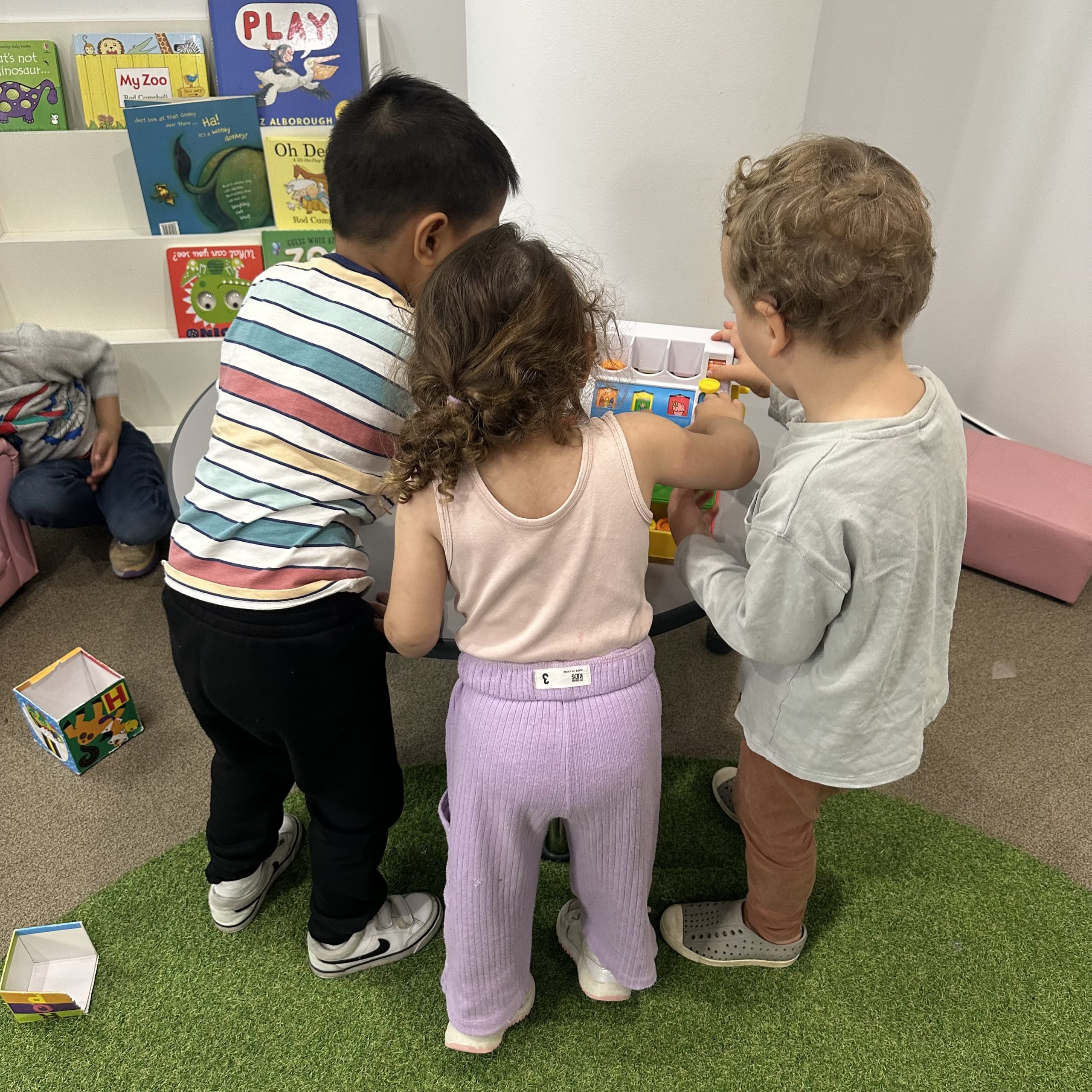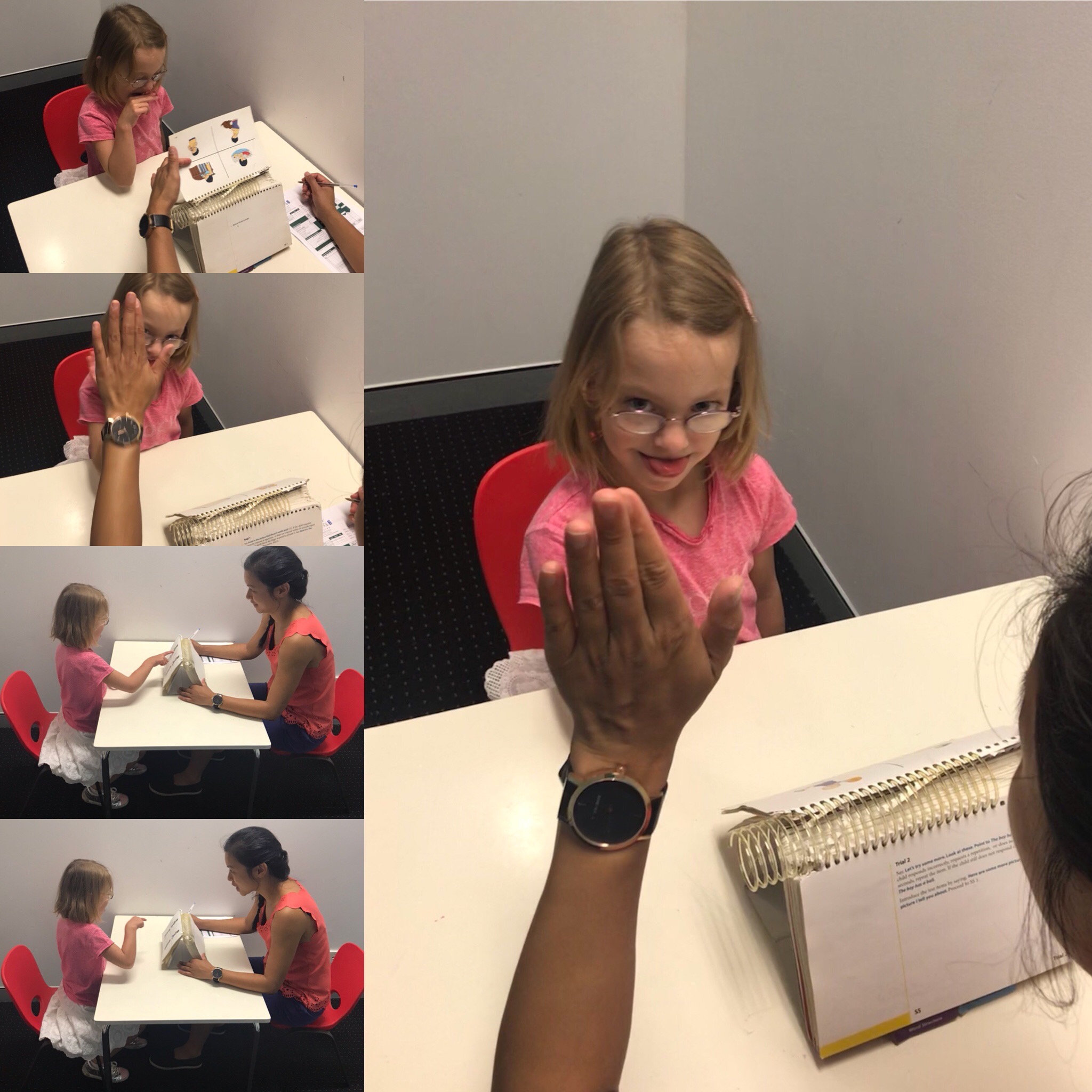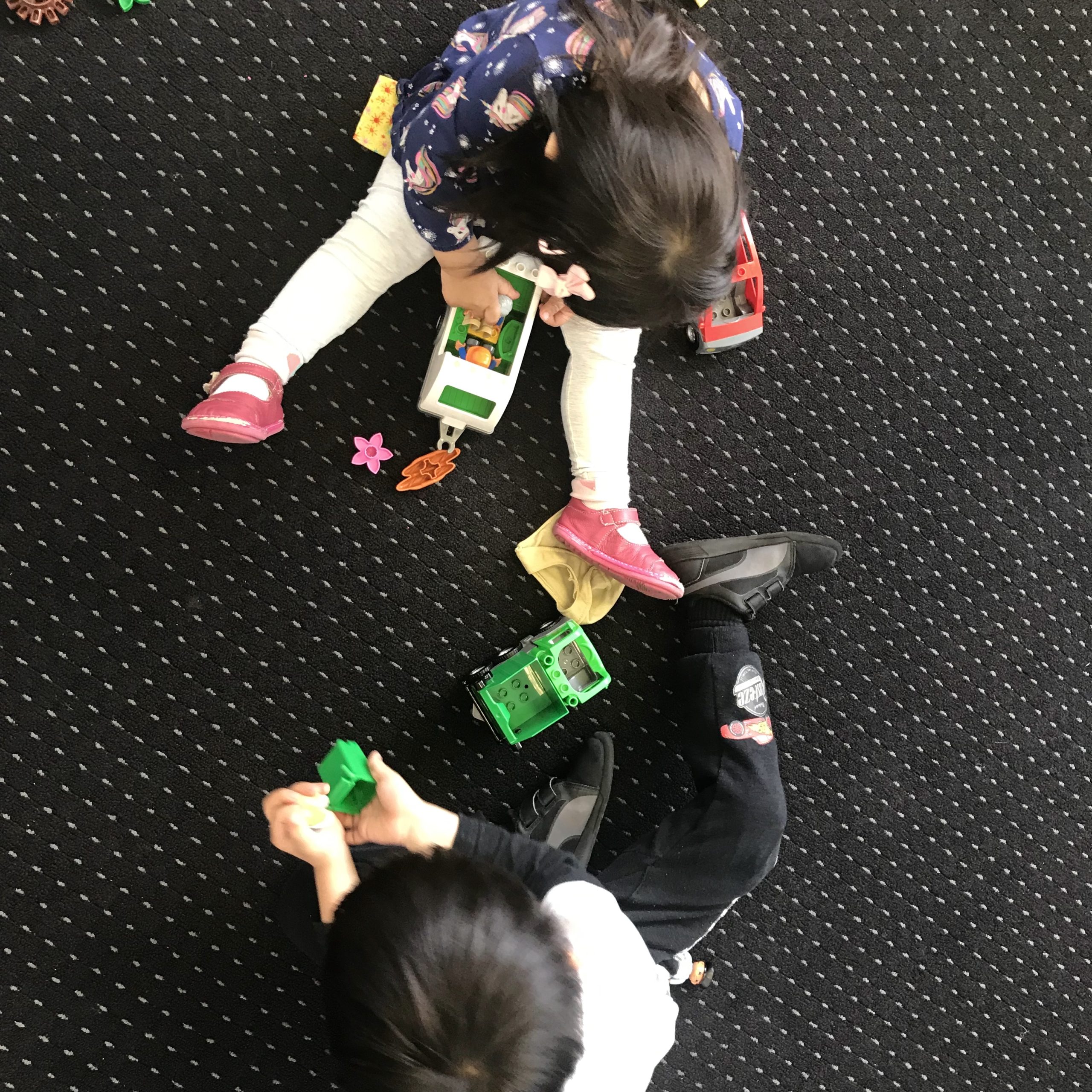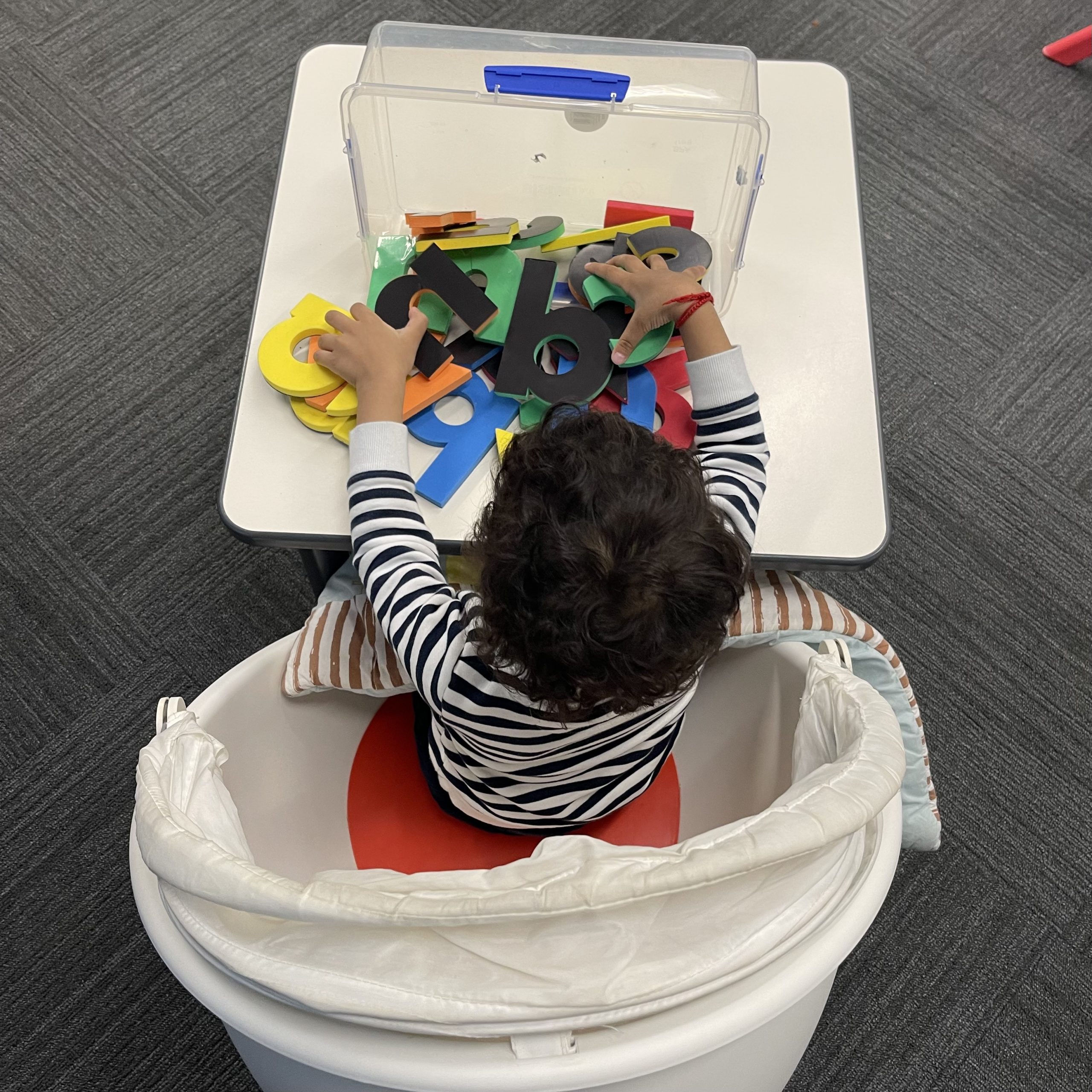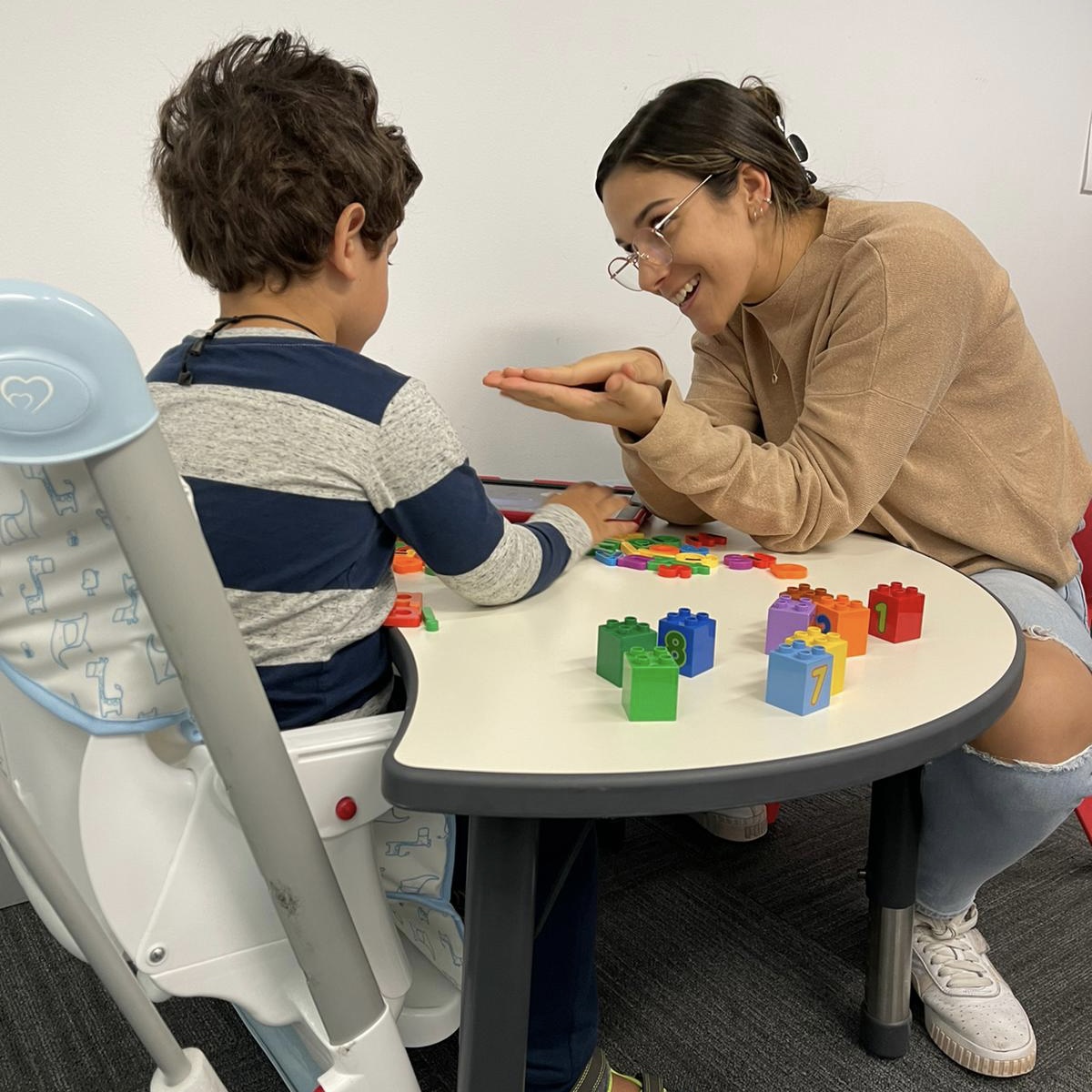
Children’s speech development is an amazing journey filled with new sounds, words, and expressions. As kids grow, they learn to communicate in different ways, from babbling as babies to talking in sentences as they get older. Let’s explore how children’s speech develops and the exciting milestones along the way. How Children’s Speech Develops Babbling Babies: Babies start communicating from the moment they’re born, even before they can talk. They babble and coo, making all sorts of cute sounds to express themselves and interact with the world around them. First Words: Around 6 to 12 months old, babies start saying their…

